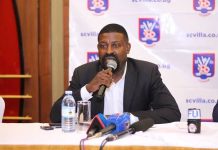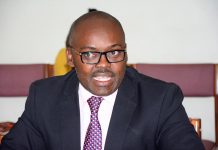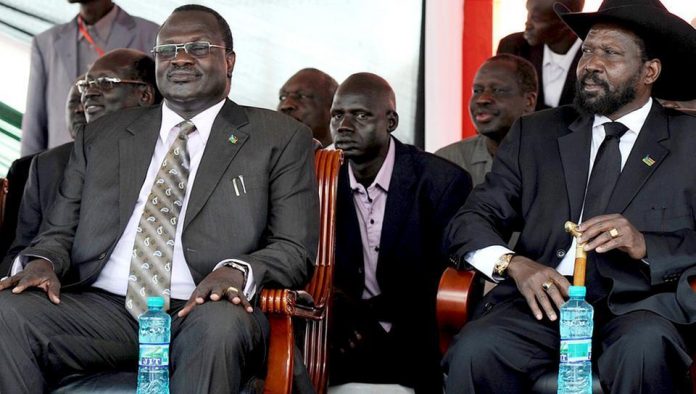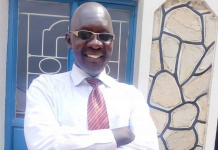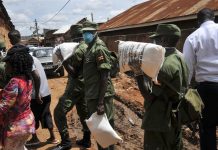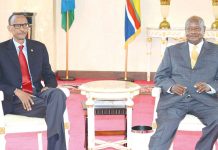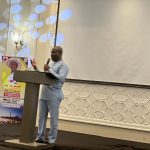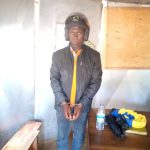Between Friday 8th July 2016 and Monday 11th July 2016, rival factions in South Sudan’s military engaged in a sustained battle. The conflict led to at least 272 civilian deaths according to international media reports. Naturally the cause of the conflict was widely speculated. The main theory seen through the speculation by ‘analysts,’ was a collapse of the peace deal reluctantly signed between President Salva Kiir and his deputy, First Vice President Dr.Riek Machar. Theorists were also quick to tag on the usual ethnic ascription of ‘Dinka versus Nuer’ to explain the fight.
Not much attention was given to the reality that Salva Kiir and Riek Machar were on the same side. Therefore further attention was not placed on the instance that this was a general misunderstanding between low ranking officers, than a “war of two armies and tribes.”
There are multiple accounts of what really happened. For that matter, we shall restrict the analysis to the implications of the fight. Dr.Riek Machar in one interview after the incident described the battle as skirmishes. This spoke volumes of how he understood what happened. President Salva Kiir has explained this as a misunderstanding where a selected group of Sudan People’s Liberation Army (SPLA) In Opposition (SPLA/IO) officers launched an attack on “the forces of the Transitional Government of National Unity (TGNU).” His choice of the words “Transitional Government of National Unity (TGNU)” as opposed to “my soldiers,” gives further context of this recent row. Conclusively at least for now, the two principals in the politics of South Sudan are speaking the same language.
Lessons from the clash
One of the lessons to learn from this conflict is that while it takes discussions between two leaders to resolve their differences, it could take time for their armed or unarmed supporters to get over mutual suspicion. A case in point is where James Gadet, the spokesperson of Riek Machar kept sounding the drums of war, while his boss was appealing for calm.
The second lesson to learn from this conflict is that there are more people who wield more power with guns than was previously imagined. It will require tact from both leaders, their command subordinates and other stakeholders to address this issue.
The third lesson from the clash is that South Sudanese are capable of solving their own problems if they are given space and time to resolve their differences. Despite the speculation that the ceasefire would not hold, it appears to be holding firmly. In spite of calls for foreign intervention, there has been a resistance to this by President Kiir, and a semblance of stability is returning to the country’s capital.
Ethnicity exaggerated
The ethic overtone usually pointed out by analysts who try to understand South Sudan, can be disqualified if we see that there are both Dinka and Nuer supporters of Salva Kiir and Riek Machar. Within the civilian population, both ethnic groups co-exist peacefully in institutions, in everyday business, in public serves and other spheres of life.
Unless the international community begins to see the tensions in South Sudan as beyond tribe, there will be wrongful interpretations of what to do for the country. South Sudan’s issues are structural and have a lot to do with a complex military which needs to be well understood.
A complex military
What needs to be interpreted and addressed, is the need to address the complex military situation within the SPLA. As it is and as it has been widely acknowledged by even its command officers, the SPLA on certain occasions integrated different militias which remained functioning as units within the military. As long as officers who came with large groups of soldiers into the SPLA are free to act autonomous of the mainstream command and structure of the SPLA, it will be difficult to avert a similar incident in future. So far there are signs that this fragmentation is being addressed by the Ministry of Defense and Veteran Affairs and the Command of the SPLA.
Some of the ongoing approaches to resolving this military question is training, plans to undertake reduction in the size of the force and other measures that if given time and support would help make the SPLA a more professional armed force.
The Economic crisis
A critical factor that needs not to be overlooked in the current conflict, is the impact of the economic crisis on the foot soldiers who could easily act out of command instructions to make ends meet. The conflict escalated into two types of missions. The first mission was where the forces were clashing with the opposing forces. The second mission where the forces were fetching commodities from shops to take back home in a looting spree not seen in recent times in the capital of South Sudan.
It took some time for some soldiers to listen to the voices of their Commander in Chief, Salva Kiir and their Chief of General Staff Paul Malong, and also Dr.Riek Machar, because they were busy “ransacking shops” in battle zones of Jebel and Gudele. Although this was clearly not official SPLA policy, it was an eye opener as to what would further take place if the economic crisis continues to bite.
Future of South Sudan after July 8th
Events after the recent conflict show that most South Sudanese including the president, the first vice president, the chief of general staff are willing to give peace a chance. Whether they are able to is another issue for discussion. There was so much appeal for peace from all shades of political and public opinion. It means therefore that many South Sudanese aware of the adverse effects of war are very expectant of a bright future to be brought about by peace.
With its vast natural resources, South Sudan has potential to become an economic power in the region. But this is only possible if peace is restored and if best practices of economic management is adopted.
Joel Isabirye is a consultant and Assistant Professor of Communication.
www.joelisabirye.com



